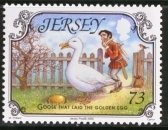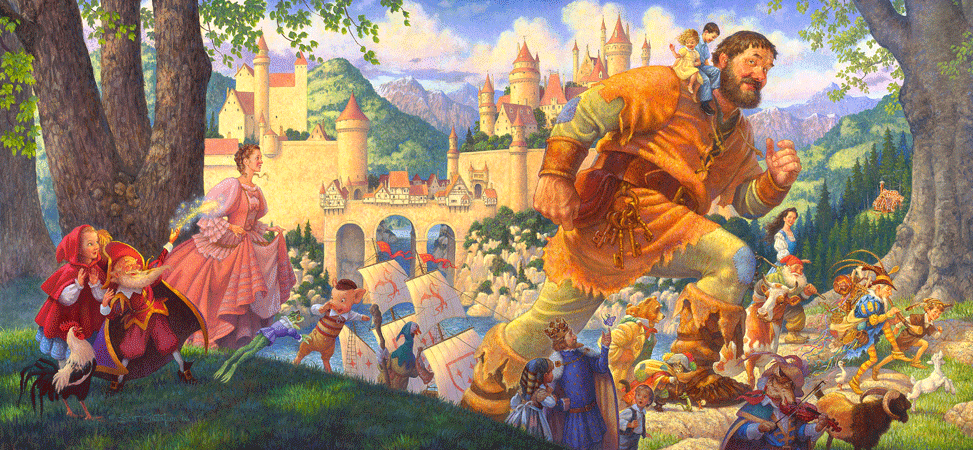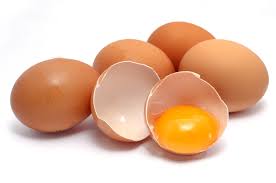Stamp: Goose & Golden Egg (Jersey 2005)
Goose & Golden Egg (Jersey 2005)
02 April (Jersey ) within release Fairy tales goes into circulation Stamp Goose & Golden Egg face value 73 Jersey penny
| Stamp Goose & Golden Egg in catalogues | |
|---|---|
| Michel: | Mi:JE 1177 |
Stamp is square format.
Also in the issue Fairy tales:
- Souvenir Sheet - Ugly Duckling Minisheet face value 2;
- Stamp - Red Riding Hood face value 33;
- Stamp - Little Mermaid face value 34;
- Stamp - Beauty & Beast face value 41;
- Stamp - Rumplestiltskin face value 50;
- Stamp - Goose & Golden Egg face value 73;
|
Data entry completed
53%
|
|
|---|---|
| Stamp Goose & Golden Egg in digits | |
| Country: | Jersey |
| Date: | 2005-04-02 |
| Perforation: | comb 13 x 13½ |
| Emission: | Commemorative |
| Format: | Stamp |
| Face Value: | 73 Jersey penny |
Stamp Goose & Golden Egg it reflects the thematic directions:
Birds (Aves), a subgroup of Reptiles, are the last living examples of Dinosaurs. They are a group of endothermic vertebrates, characterised by feathers, toothless beaked jaws, the laying of hard-shelled eggs, a high metabolic rate, a four-chambered heart, and a strong yet lightweight skeleton. Birds live worldwide and range in size from the 5 cm (2 in) bee hummingbird to the 2.75 m (9 ft) ostrich. They rank as the class of tetrapods with the most living species, at approximately ten thousand, with more than half of these being passerines, sometimes known as perching birds. Birds are the closest living relatives of crocodilians.
A fairy tale (alternative names include fairytale, fairy story, magic tale, or wonder tale) is a short story that belongs to the folklore genre.Such stories typically feature magic, enchantments, and mythical or fanciful beings. In most cultures, there is no clear line separating myth from folk or fairy tale; all these together form the literature of preliterate societies. Fairy tales may be distinguished from other folk narratives such as legends (which generally involve belief in the veracity of the events described) and explicit moral tales, including beast fables. Prevalent elements include dragons, dwarfs, elves, fairies, giants, gnomes, goblins, griffins, merfolk, monsters, talking animals, trolls, unicorns, witches, wizards, magic, and enchantments.
Humans and their hominid relatives have consumed eggs for millions of years. The most widely consumed eggs are those of fowl, especially chickens. People in Southeast Asia began harvesting chicken eggs for food by 1500 BCE. Eggs of other birds, such as ducks and ostriches, are eaten regularly but much less commonly than those of chickens. People may also eat the eggs of reptiles, amphibians, and fish. Fish eggs consumed as food are known as roe or caviar.



